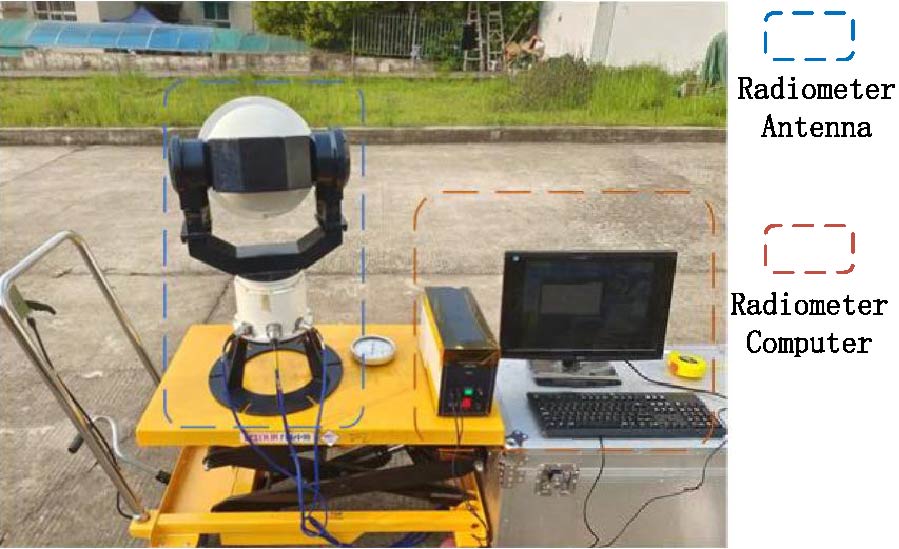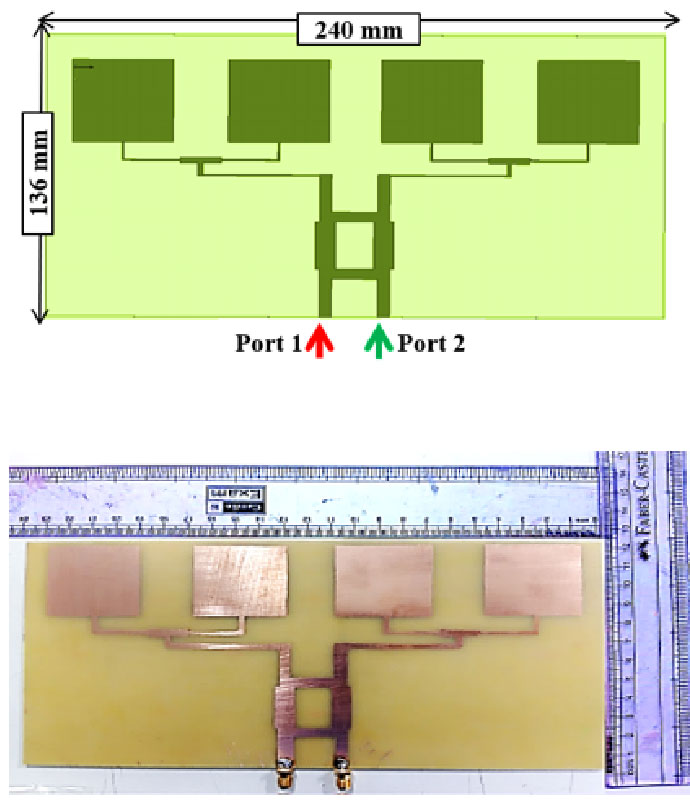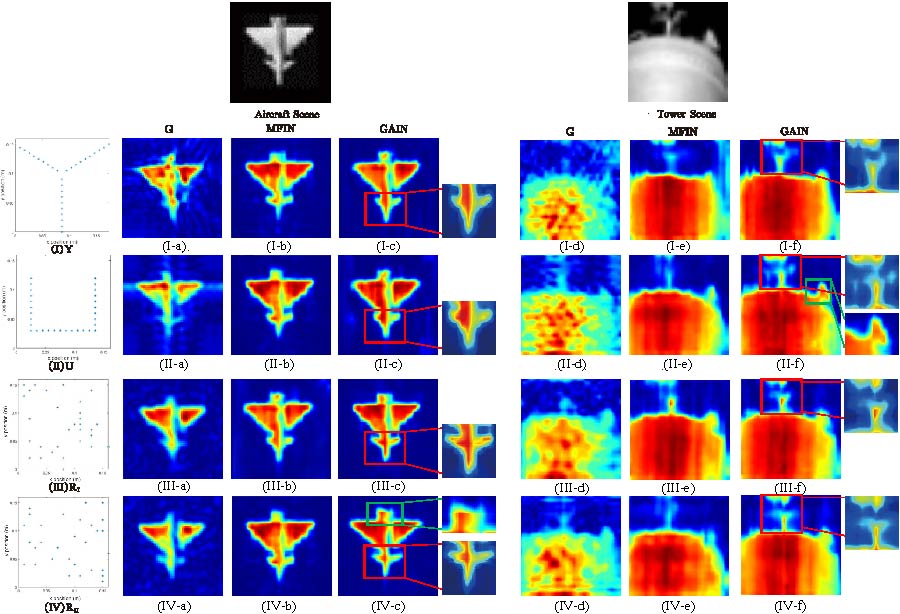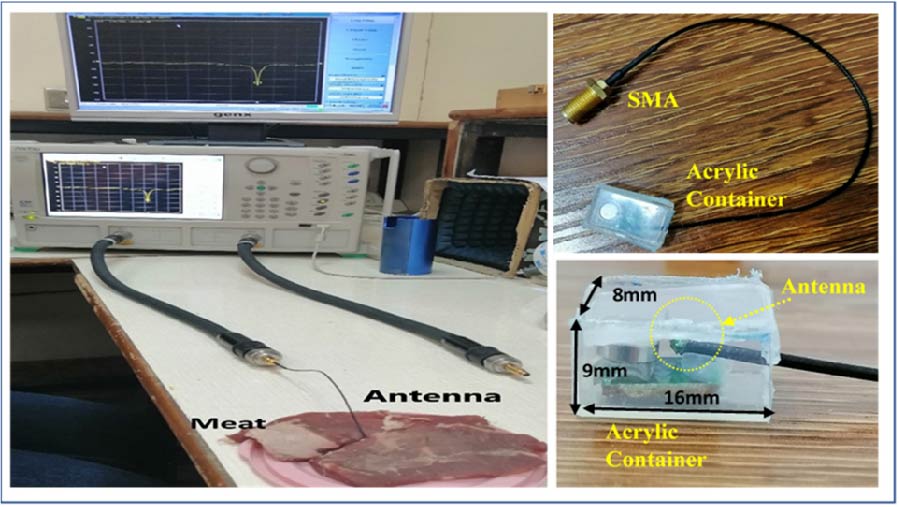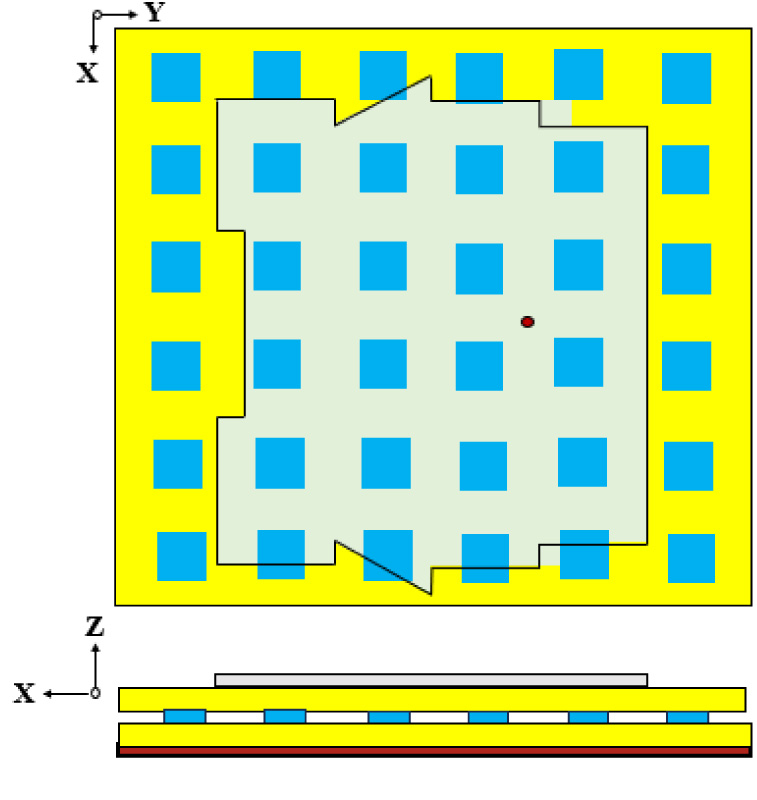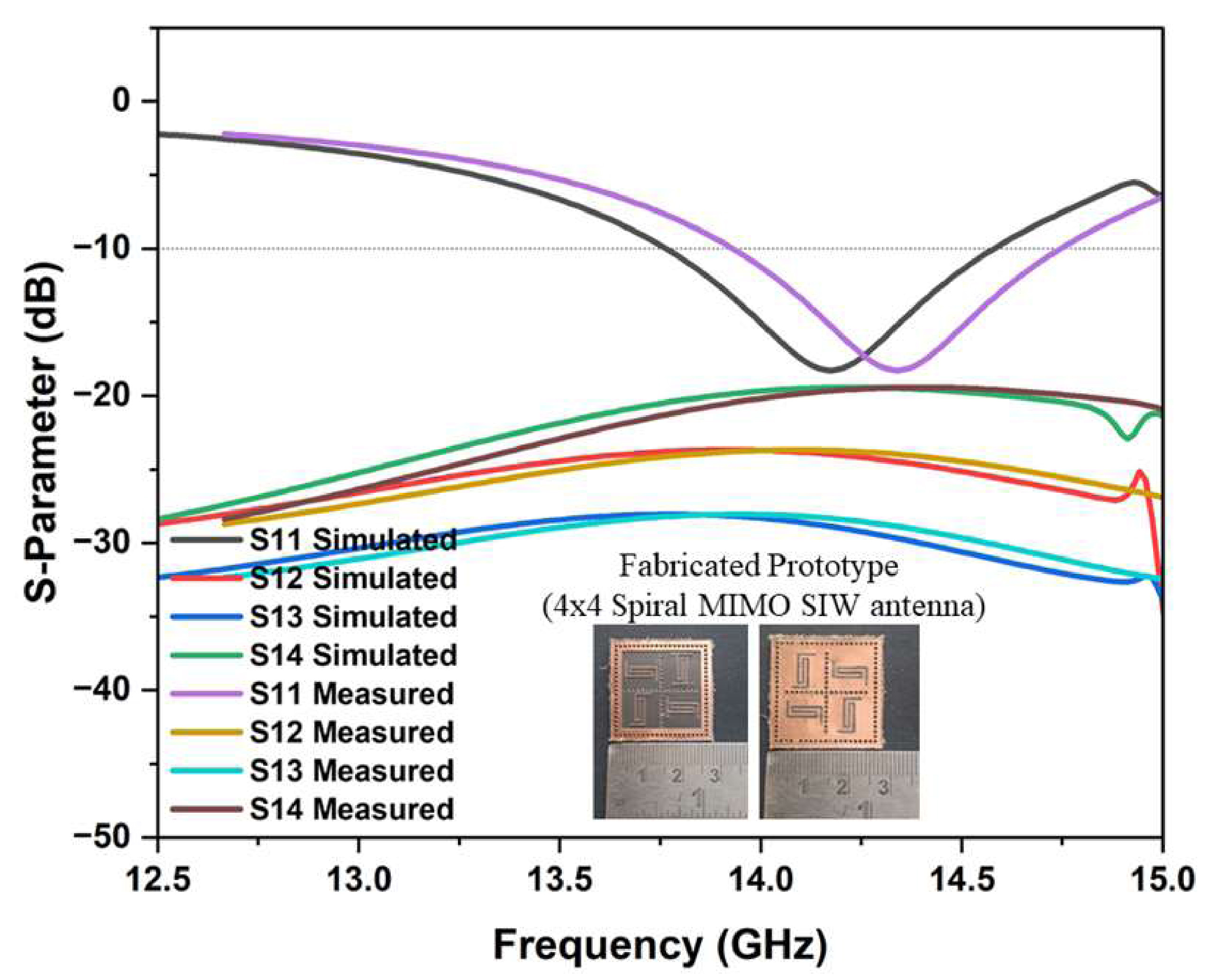Conception and Realization of a Wideband Directional Dual-Beam Phased MIMO Array Antenna with Hybrid Coupler for ISM Band Utilizations
Abdelaaziz El Ansari,
Shobhit Kisan Khandare,
Najiba El Amrani El Idrissi,
Abdelhak Bendali,
Sudipta Das,
Fatima Younis,
Hala Kamal Abduljaleel and
Ahmed Jamal Abdullah Al-Gburi
This work addresses a wideband dual-beam 1x4 phased MIMO array antenna with a hybrid coupler for Industrial, Scientific and Medical (ISM) bands applications at 2.4-2.5 GHz. We engineered, refined, and reduced the fundamental component utilizing the novel concept of an advanced curved quarter-wave impedance adapter, achieving a 50% reduction in size relative to comparable designs documented in the literature. The fundamental component operates at 2.45 GHz, including a narrow bandwidth of 26 MHz and a maximum gain of 7.21 dB. Subsequently, a lossless magic-T power splitter is employed to feed two identical miniaturized elements resulting in a compact 1 × 2 array antenna with miniaturized size and enhanced performance. The results obtained show that the miniaturized 1 × 2 array antenna resonate at 2.45 GHz with a narrow impedance bandwidth of 52 MHz, peak gain of 9.41 dB and a peak directivity of 9.48 dB at 2.45 GHz. To broaden the narrow bandwidth and to enhance gain, directivity and radiation coverage area, a 3 dB hybrid coupler is used to feed two identical miniaturized 1 × 2 array antennas resulting a wideband directional dual-beam MIMO phased 1 × 4 array antenna. The proposed dual-beam array antenna prototype has been designed and fabricated on a substrate Rogers RT/duroid 5880 with the following parameters: relative permittivity εr = 2.2, dielectric loss tangent of 0.0009, and total size of 240 × 136 × 1.56 mm3. The simulation results are corroborated by experiments that verified the proposed dual-beam MIMO array antenna which exhibits a high gain of 11.2 dB, effective adaptation, an expanded bandwidth of 1.22 GHz, in addition to its MIMO capability and the dual beams oriented at ±30˚, achieved through switching between the two input feed ports of the hybrid coupler.
